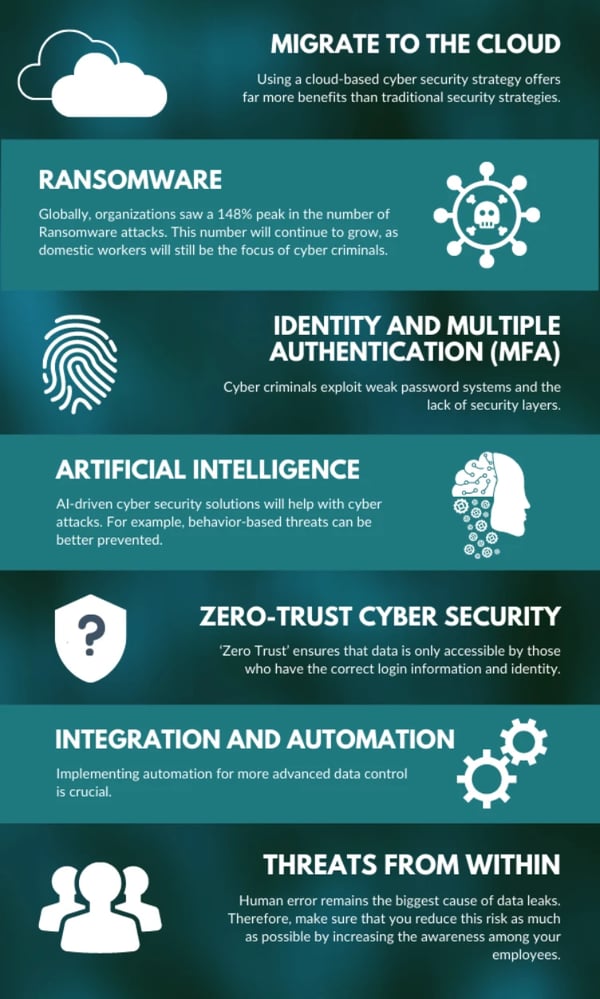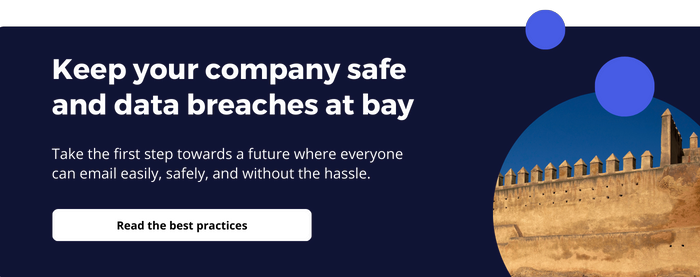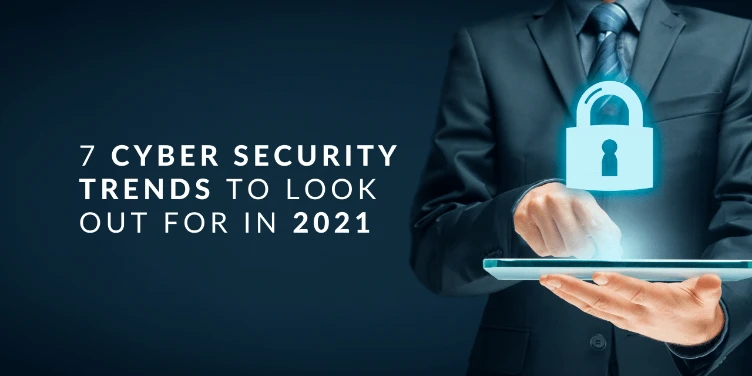Every year is a worse one for cyber security. No matter how advanced defenses get, attackers’ methods and means seem to get more sophisticated. On top of that, 2020 was no ordinary year. We saw a spike in cybercrime that sought to exploit a crisis and disrupt recovery efforts.
With the pandemic accelerating cybercrime, it is now more crucial than ever to detect emerging risks and prevent threats from happening before the damage is done. At the end of the day, prevention is better than the cure, especially when it comes to data leaks. To help you on your way, we’ve gathered key cyber security trends to look out for in 2021.
Cyber security trends 2021

1. Moving to the Cloud.
COVID-19 has served as an accelerator for Cloud-computing. It forced companies to adopt and migrate faster and change their business models in no time to allow the workspace to become digital. But be careful because this will also cause many security holes and challenges.
Organizations traditionally kept their networks secure by locally installing anti-virus, anti-malware and other software. However, with increased cloud adoption and improved sophistication of cyber-attacks, these conventional security mechanisms are no longer sufficient. The use of a cloud-based cyber security strategy offers a whole lot more benefits than traditional security strategies, especially if your network is cloud-based.
2. Ransomware gets bigger and smarter.
Global organizations saw a 148% spike in Ransomware attacks. This number will continue to grow as remote workers will still be the focus of cyber criminals. Increasing pressure to submit to extortion, targeting of the most vulnerable victims, and tactics that make it more difficult to recover encrypted data will keep ransomware the most profitable “line of business” for cyber criminals in 2021 and the single biggest threat for all organizations.
3. Identity and multi factor authentication (MFA).
Cyber criminals exploit systems with weak passwords and few layers of security. It is therefore vital to bolster your security with ‘Multi-Factor Authentication’. MFA uses multiple sources of identity confirmation; this way email security becomes better and more secure as more ‘check’ layers are added. As a result, only your intended recipient with the right credentials will have access to the email.
4. Potential of AI.
AI will continue to change our world. There will be a growing reliance on ‘Machine Learning’ to empower products and services, and improve decision making. AI-driven cyber security solutions will help with cyberattacks, for example behavior-based threats can be better prevented. AI will prove essential to solving challenges related to cloud adoption.
This trend creates opportunities for cyber security providers in three key areas:
- Securing AI-powered digital business systems;
- Enhancing existing AI solutions with packaged cyber security products;
- Anticipating (and responding to) the use of AI by cyber criminals.
5. Zero Trust Cyber Security: never trust, always verify.
The traditional approach to cyber security relies upon barriers (firewalls) that control traffic coming in and out of a network. The issue with this approach is that with the boom of cloud computing, we are more globally connected than ever before. ‘Zero Trust’ ensures that critical assets can only be reached by those offering proof positive that they have the credentials, identity, and need to access them.
6. Integration and automation. Automation will shape cyber security activities.
With the amount of information exchanged every day increasing exponentially, implementing automation to provide more sophisticated data control is crucial. The new demand for hectic work pushes professionals to provide fast solutions, making automation more useful than ever before. It is also challenging to safeguard vast web applications, making automation, and cyber security a critical concept in the software development process.
7. Insider threats are still a huge challenge.
Human error is a common occurrence in the event of a data leak. Any lousy day or intentional backdoor can bring a whole company down with millions of stolen data. Because in every organization, there is a ‘Tired Thomas’ or ‘Stressed Sandra’ walking around. To safeguard data in every way possible, make sure you build more visibility inside the premises. This can be done by fostering awareness within your employees and educating them.
Moral of the story? Securing digital data is now the primary target. Be proactive, stay up to date and adopt the new essential changes your organization needs to fight and prevent data leaks. Secure everything, so the new way of working does not work against you, but for you.

